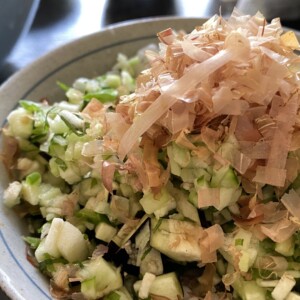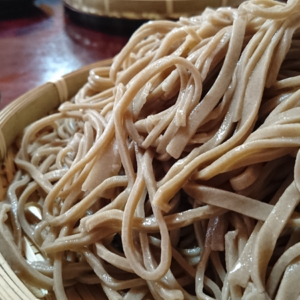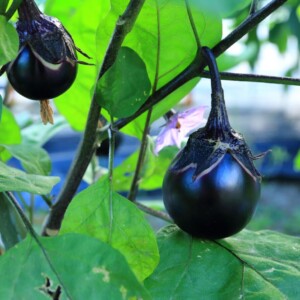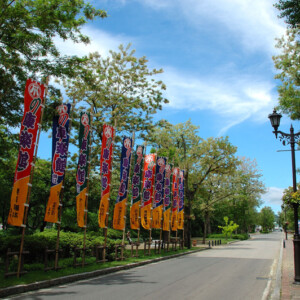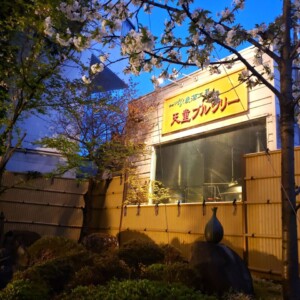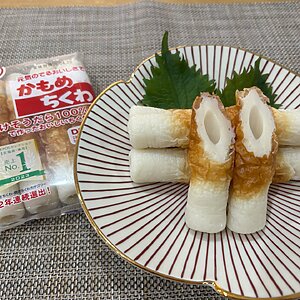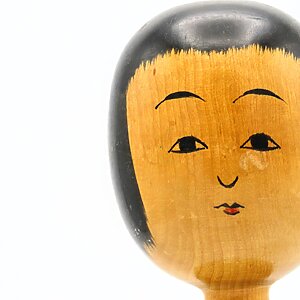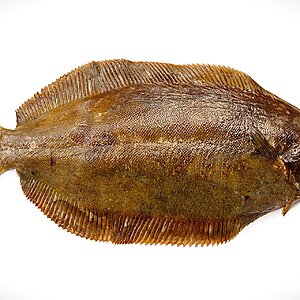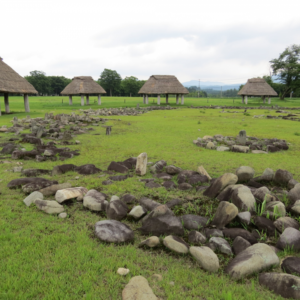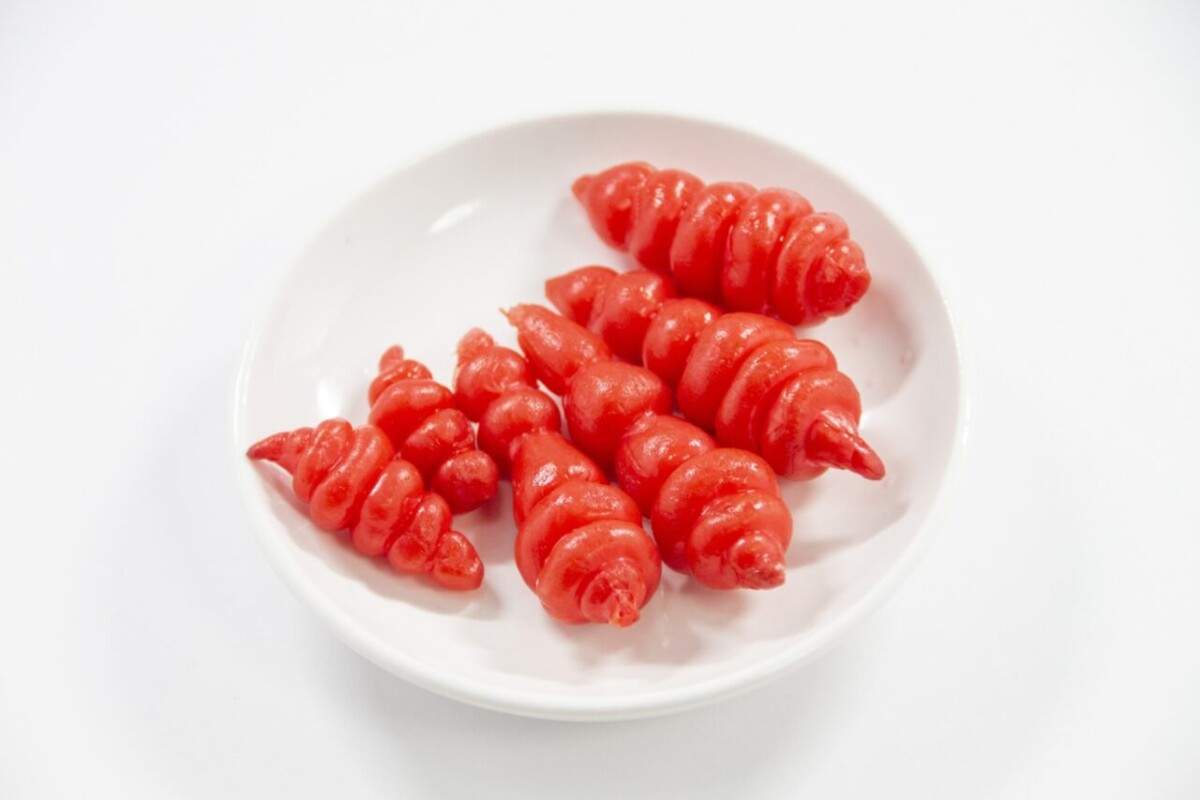
What is Chorogi? Detailed explanations from cultivation methods to the meaning of adding it to New Year's dishes [Akita Prefecture]
table of contents
When people think of Chinese yarrow, they may imagine it as a pickled vegetable included in the New Year's dishes of the Kanto region, but in Akita it is treasured as a traditional vegetable
This article will explain in detail everything from how to grow Chinese holly to the significance of including it in New Year's dishes
What is Chorogi
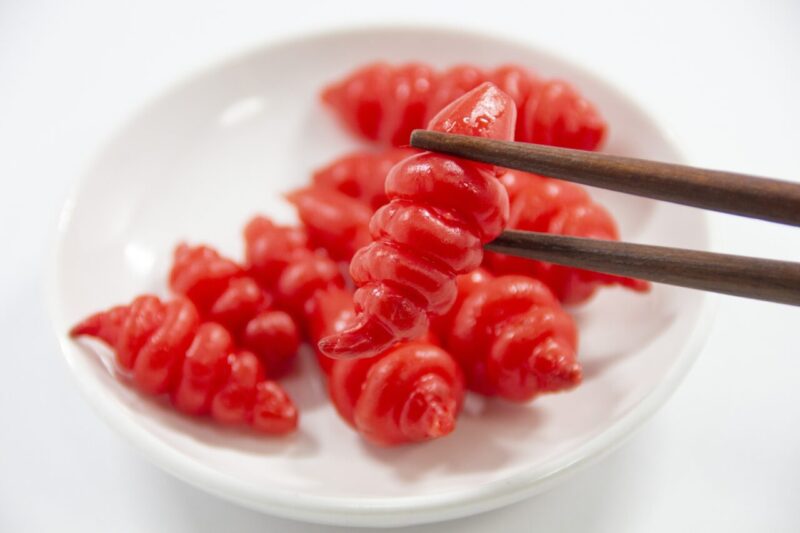
Chinese quince is a plant of the mint family that originated in China and is also eaten in Europe and France. In Japan, the part called the tuber is pickled and eaten
In Japan, the production areas of Chinese holly include Taketa City in Oita Prefecture, Fukutomi Town in Hiroshima Prefecture, Okayama Prefecture, Kamaishi City in Iwate Prefecture, Towa Town in Fukushima Prefecture, Yuzawa City in Akita Prefecture, Ashibetsu City, Esashi Town, and Asahikawa City in Hokkaido
Akita Prefecture has designated 39 vegetables that meet the following three criteria as "Akita Traditional Vegetables."
- It has been cultivated in the prefecture since before the 1950s
- Items that are derived from Akita Prefecture, such as those that include place names or people's names
- Seeds and seedlings are still available, and produce is still available
Among the traditional vegetables of Akita, Chinese quince has also been designated as a product that meets demand within the prefecture, and further expansion of production and distribution is expected
Reference: Beautiful Country Akita Net "About Akita Traditional Vegetables"
How to grow Chinese holly
How is Chinese holly grown?
Chinese holly is planted in the spring by laying the tuber part horizontally
It is relatively easy to grow as it does not require much fertilizer and can grow with little to normal amounts of water, but it will eventually grow to about 30cm to 60cm, so measures will be needed to prevent it from falling over
When the upper leaves start to wither in October or November, it is time to harvest, and the tubers are harvested
In Akita, the harvest season is in late November, so it may be a race against time before the snow falls
Chinese leek is included in New Year's
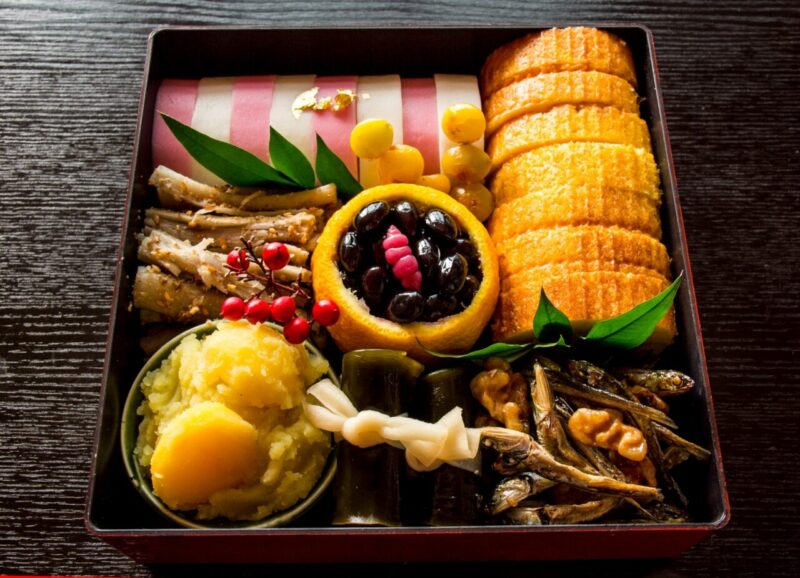
Many people may only see Chinese burdock in New Year's osechi cuisine, but why did Chinese burdock come to be included in osechi cuisine in the first place?
Chinese burdock is originally a lucky food that brings longevity, and is given names such as "Chorogi," "Chiyoroki," and "Chorogi."
In New Year's dishes, Chinese elm is served alongside black beans, which are also considered to be an auspicious ingredient and have the meaning of "hard work."
Therefore, by combining these two ingredients , they are included in New Year's dishes with the meaning of "wishing for good health and longevity so that one can work diligently."
How to eat Chinese lantern
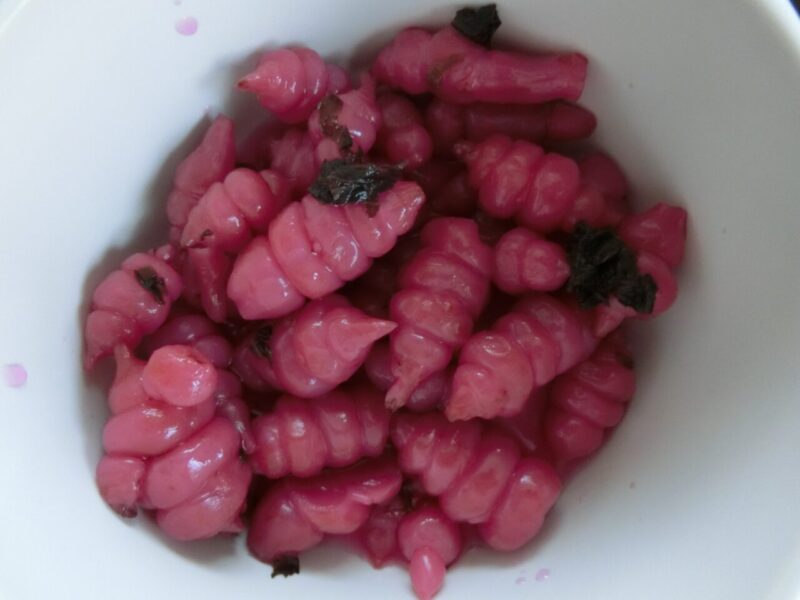
In Akita, Chinese elm is often pickled to enjoy its texture, and it is characteristic of Akita, a region that loves pickles, that there are many ways to pickle it, such as pickled in plum and shiso, miso, and sake lees
Pickled plums and shiso leaves, which are auspicious red, are often eaten during the New Year holidays, so we will introduce an adapted recipe of Chinese yam using Chinese yam and Chinese yam pickled plums and shiso leaves
Ingredients (for 1 person)
- Nagaimo (50g)
- Chinese leek (appropriate amount)
- Fresh wakame seaweed (50g)
- Dried bonito flakes (a little)
- Ponzu sauce (a little)
How to make
- Peel the yam and cut into strips
- Cut the raw wakame into bite-sized pieces
- Finely chop the Chinese holly
- Combine the yam, raw wakame seaweed, and Chinese burdock root and adjust the flavor with ponzu sauce
- Sprinkle with bonito flakes and it's done
Be sure to taste the Chinese burdock and adjust the amount of ponzu sauce and bonito flakes depending on how strong the flavor is
Nagaimo has a similar texture to the Chinese yam, so it's recommended as a palate cleanser, and this recipe can also be made if you have some Chinese yam left over over the New Year holidays
summary
We learned that Chinese yarrow is a traditional vegetable of Akita Prefecture, and the tuber part is pickled and eaten, and it is also an auspicious vegetable used in New Year's osechi cuisine
If you come to Akita Prefecture, be sure to try comparing the different ways of pickling Chorogi


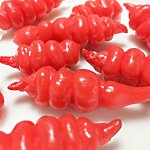
![Hot springs gush out in a place where there are no volcanoes! "Yuzawa Geopark" where you can see the mystery of the earth up close [Akita Prefecture] 4550228_m](https://jp.neft.asia/wp-content/uploads/2023/02/4550228_m-150x150.jpg)
![The popular game "Matagi" started in Kitaakita City! [Akita Prefecture] matagi](https://jp.neft.asia/wp-content/uploads/2024/04/matagi-150x150.jpg)
![Yurihonjo City, where Honjo, Kameda and Yajima domains were intersected between the Kubota and Shonai domains [Akita Prefecture] FF2C8AAA4350E7E179F97F97B38B3A2302F-1](https://jp.neft.asia/wp-content/uploads/2024/04/ff2c8aaa4350e7e179f97f38b3a2302f-1-150x150.jpg)
![Why do Nama balds take knives to tempt people - Oga Peninsula and the Legend of the Demon (1) [Akita Prefecture] New Year's Eve Event 001 @OGA City](https://jp.neft.asia/wp-content/uploads/2024/10/00bf8a32651033edd1191ba2d04c6f61-150x150.jpg)
![Akita Cedar, which has been close to people's lives since ancient times, is a close look at the reasons and secrets [Akita Prefecture] Ninfu Mizusawa Cedar Rare Population Protection Forest (Noshiro City, Akita Prefecture)_Travel Tohoku](https://jp.neft.asia/wp-content/uploads/2025/05/792bcbe7d9fd514753f4deeaca3de33f-150x150.jpg)
![The submerged forests of Lake Akiogi can only be seen from May to June! A mysterious sight with trees floating in the lake [Akita Prefecture] Submerged forest of Lake Akifan](https://jp.neft.asia/wp-content/uploads/2023/07/IMG_5033-150x150.jpg)
![[Chokaisan and Tobishima Geopark: Yurihonjo Edition] A strata from when Japan was the Eurasian continent can be seen B5C46A18BC0CC0CC0E9AD08084EAA5B](https://jp.neft.asia/wp-content/uploads/2024/04/b5c46a18bc0cc79de0e9ad08084eaa5b-150x150.jpg)
